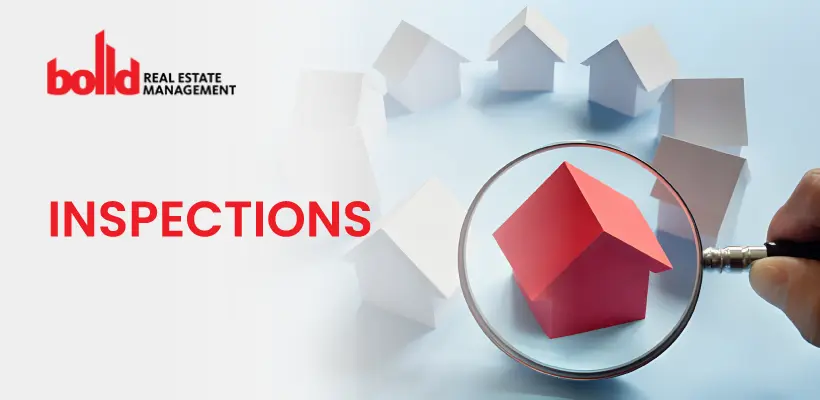
Inspections
Permitting Landlord Access to the Premises (Times and Reasons)
Landlords must give a minimum of 24-hours up to a maximum of 30days written notice stating the time and purpose of entry, unless either the tenant agrees to allow the landlord access or there is an emergency. Non-emergency entry is allowed between 8a.m. and 9p.m. unless the tenant consents to another time. If notice is not served in person, it must be fastened on the door with tape or served in the mailbox. 3 days must pass before the landlord enters the premises. The Landlord may enter if the Residential Tenancy Branch (RTB) issues an order to enter. The tenant may refuse the landlords entry if either no reason is given or it is considered unreasonable according to the Residential Tenancy Branch (RTB).
The Initial Inspection.
Landlords are not permitted to hold tenants accountable for normal wear and tear, however, tenants can be held liable to fix other damage, such as stained carpets or dents in the walls. This is why it is important to establish the condition of the premises on move-in day with a move-in inspection, so you are not stuck paying for damage once the tenancy starts.
When conducting the inspection, be thorough and document everything you notice. The tenant and the landlord should always inspect the rental premises together.
What to Look for During an Inspection
In some provinces, a security deposit is repayable only upon final written inspection by both tenant and landlord. If the move-out inspection matches the details on the move-in inspection sheet, the tenant should receive all of the damage deposit, plus interest, if applicable.
IT’S THE LAW
In British Columbia, a Condition Inspection Report is required by law. The tenant and the landlord need to complete, sign, and date the form to show the condition of the residential premises at the start and end of the rental agreement. To obtain a Condition Inspection Report, contact your nearest Residential Tenancy Branch office or Government Service Centre (1st Floor, 1019 Wharf Street Victoria, BC V8V 1X4 Phone: 250-387-1602 or online at http://www.rto.gov.bc.ca/documents/RTB-27.pdf.)
The following list contains a number of items that you should note during an inspection.
How To Inspect A Rental Property
- Inspections can be a big job, so consider enlisting help from a friend.
- Inspect your new rental property, documenting any pre-existing problems. Videotape and/or photograph problems, if possible.
- Landlord must sign the initial inspection sheet and keep that documentation somewhere safe.
- Note what amenities are available: laundry facilities, air conditioning, parking, security doors, etc.
- If repairs are necessary to be completed, have them written in the inspection and the date to be completed by. Keep copies of all correspondence and provide the tenant with a copy.
What to Look for During an Inspection Structural Details
- Walls and ceilings: note any dents, holes, or cracks in the plaster; scuff marks that don’t rub off; tears, bubbles, or peeling wallpaper.
- Floors: note stains or discoloration in carpets; tears in linoleum; cracked or chipped tiles; dents, scuffs, or stains on hardwood floors.
- Trim (including moldings, door and window sills and door and window frames): note stains, cracks, leaks or other problems.
- Electrical outlets and lights: make sure they function.
- Bathroom(s): make sure all faucets (hot and cold) work without leaking; water runs clear, not brown or yellow; water carries sufficient pressure in the shower and toilet. Check for chips or scratches in fixtures and tiles; walls around the tub for “sponginess”; countertops for dents, scratches, or stains.
- Kitchen: make sure all faucets (hot and cold) work without leaking; water runs clear, not brown or yellow; all appliances work and are clean. Check for chips or scratches in fixtures and tiles; countertops for dents, scratches, or stains.
- Exterior doors and windows: make sure they seal properly and the locks work; watch for signs of water/ condensation.
- Deck, balcony or patio, if applicable: check for chipped stone, warped or cracked boards, or problems with exterior siding.
Other Inspection Details:
- Smell the air in the rental unit. Does it have an unusual odor, such as a musty or moldy smell?
- Check for working smoke and carbon monoxide detectors.
- If you have a storage area, make sure it is empty and the locks are secure.
Both the tenant and the landlord should sign the pre-inspection report noting any building items needing repair or replacement on a room-by-room basis.
[inf_infusionsoft_inline optin_id=optin_11]

